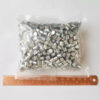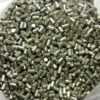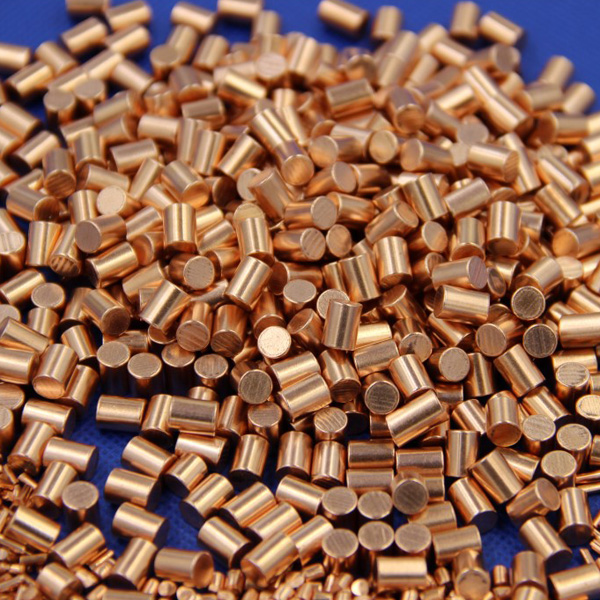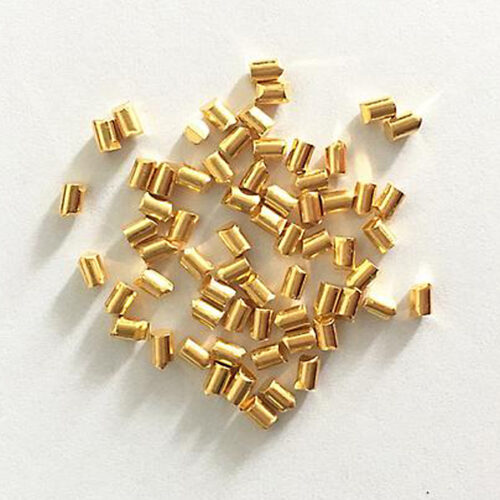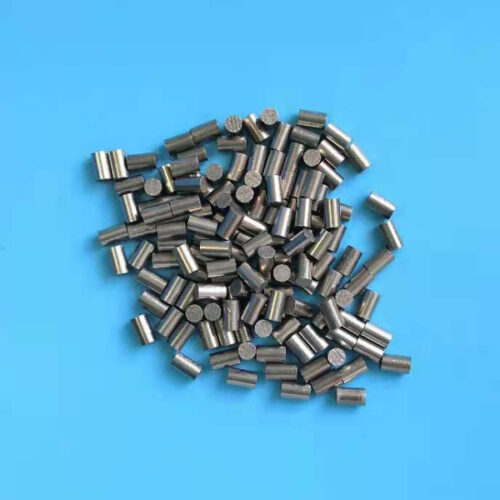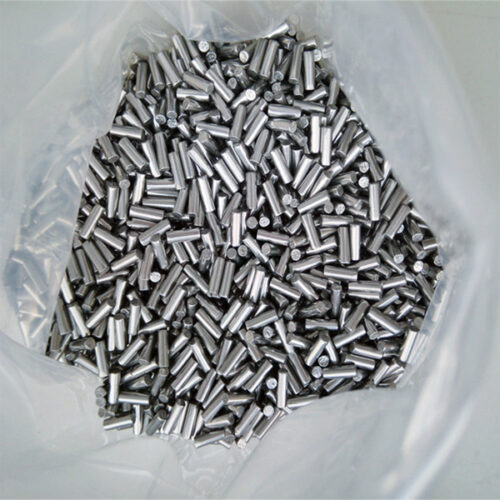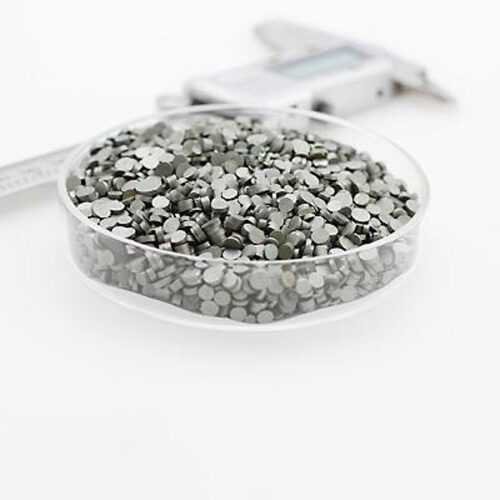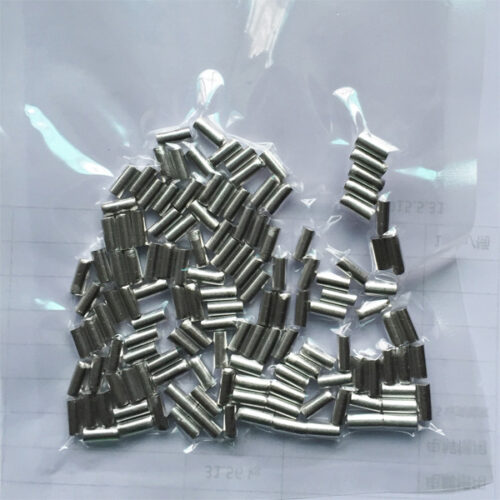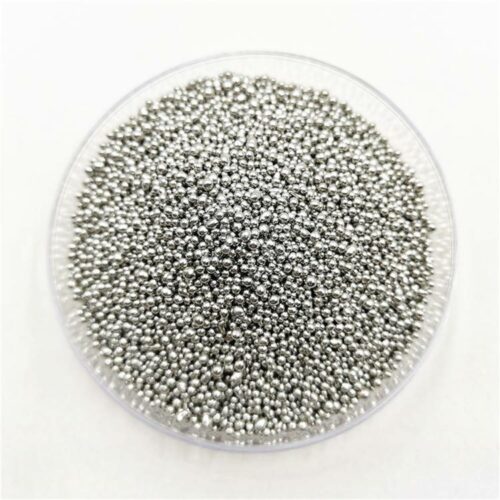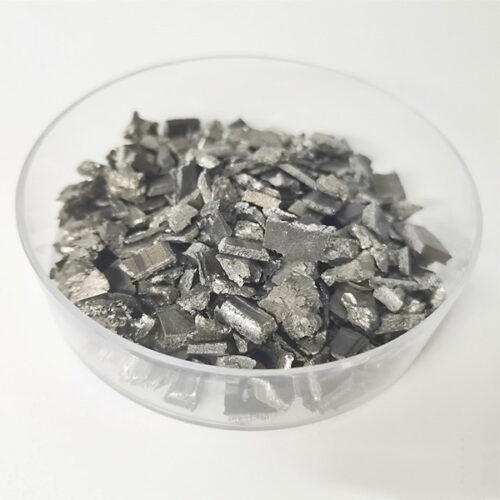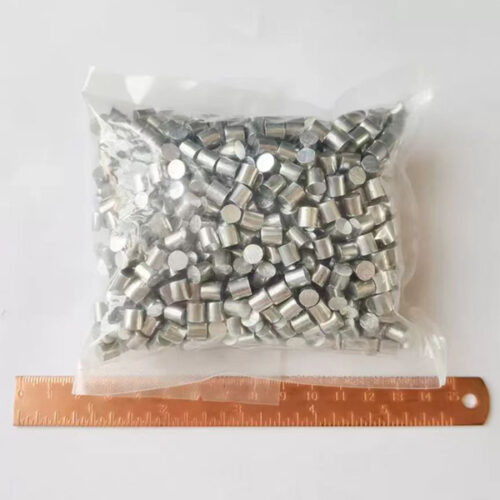5N (99.999%) Copper (Cu) Pellets Evaporation Materials
Introduction to Copper Evaporation Materials:
Copper (Cu) stands as one of the most integral elements in various industries worldwide, with its usage dating back to ancient times. Its distinctive reddish-orange hue, coupled with remarkable physical properties, renders it indispensable across a multitude of applications.
Among its many uses, copper’s role in evaporation materials holds significant importance, particularly in semiconductor, sensor, and circuit device manufacturing.
Properties:
1. Physical Properties
Color: Copper evaporation materials retain the characteristic reddish-orange color of elemental copper.
Melting Point: The melting point of copper, crucial for evaporation processes, stands at 1,083°C.
Density: With a density of 8.92 g/cc, copper offers substantial material per unit volume.
Vapor Pressure: At 1,017°C, copper exhibits a vapor pressure of 10^-4 Torr, facilitating controlled evaporation.
2. Chemical Properties
Reactivity: Copper displays moderate reactivity, forming a protective oxide layer upon exposure to air, enhancing its durability during evaporation processes.
Compatibility: Its chemical inertness towards common vacuum system materials ensures compatibility and stability during deposition.
3. Structural Properties
Uniformity: Copper evaporation materials boast uniform composition and microstructure, crucial for consistent film deposition.
Purity: High-purity copper materials are essential to prevent impurities that could compromise film quality.
Applications:
1. Semiconductor Manufacturing
Interconnects: Copper serves as a preferred material for interconnects in integrated circuits due to its excellent electrical conductivity, aiding in the miniaturization and performance enhancement of semiconductor devices.
Metallization: Copper deposition onto semiconductor substrates facilitates metallization processes, crucial for creating conductive pathways in microelectronics.
2. Sensor Fabrication
Temperature Sensors: Thin films of copper deposited through evaporation techniques enable the fabrication of high-performance temperature sensors, benefiting various industries such as automotive, aerospace, and consumer electronics.
Gas Sensors: Copper films serve as sensitive elements in gas sensors, detecting gases such as ammonia, hydrogen, and carbon monoxide with high selectivity and sensitivity.
3. Circuit Device Production
Printed Circuit Boards (PCBs): Copper evaporation materials contribute to the production of conductive traces on PCBs, facilitating the flow of electrical signals across electronic devices.
Flexible Electronics: Copper thin films deposited via evaporation techniques enable the fabrication of flexible electronic devices, including displays, sensors, and wearable technology.
Manufacturing Processes of Copper Evaporation Materials:
1. Melting and Purification
Copper feedstock undergoes melting in a controlled environment to ensure homogeneity and purity.
Purification techniques such as zone refining or vacuum distillation eliminate impurities, enhancing material quality.
2. Formulation of Evaporation Sources
Molten copper is solidified into various forms such as pellets, rods, or wires, suitable for evaporation in vacuum systems.
Specialized techniques like powder metallurgy may be employed to fabricate custom shapes tailored to specific deposition requirements.
3. Vacuum Deposition
In a vacuum chamber, copper evaporation materials are heated to their vaporization temperature under controlled conditions.
The vaporized copper condenses onto substrate surfaces, forming thin films with desired properties and thickness.
Specification:
Our standard size are 3mm Diameter x 3mm Length and 6mm Diameter x 6mm Length, and other specifications are also available.Please consult our professional customer service personnel for detailed information.
Our standard packaging sizes include 50 grams, 100 grams, 250 grams, 500 grams, and 1000 grams.
ZYLAB offers a variety of crucibles for evaporation materials.

